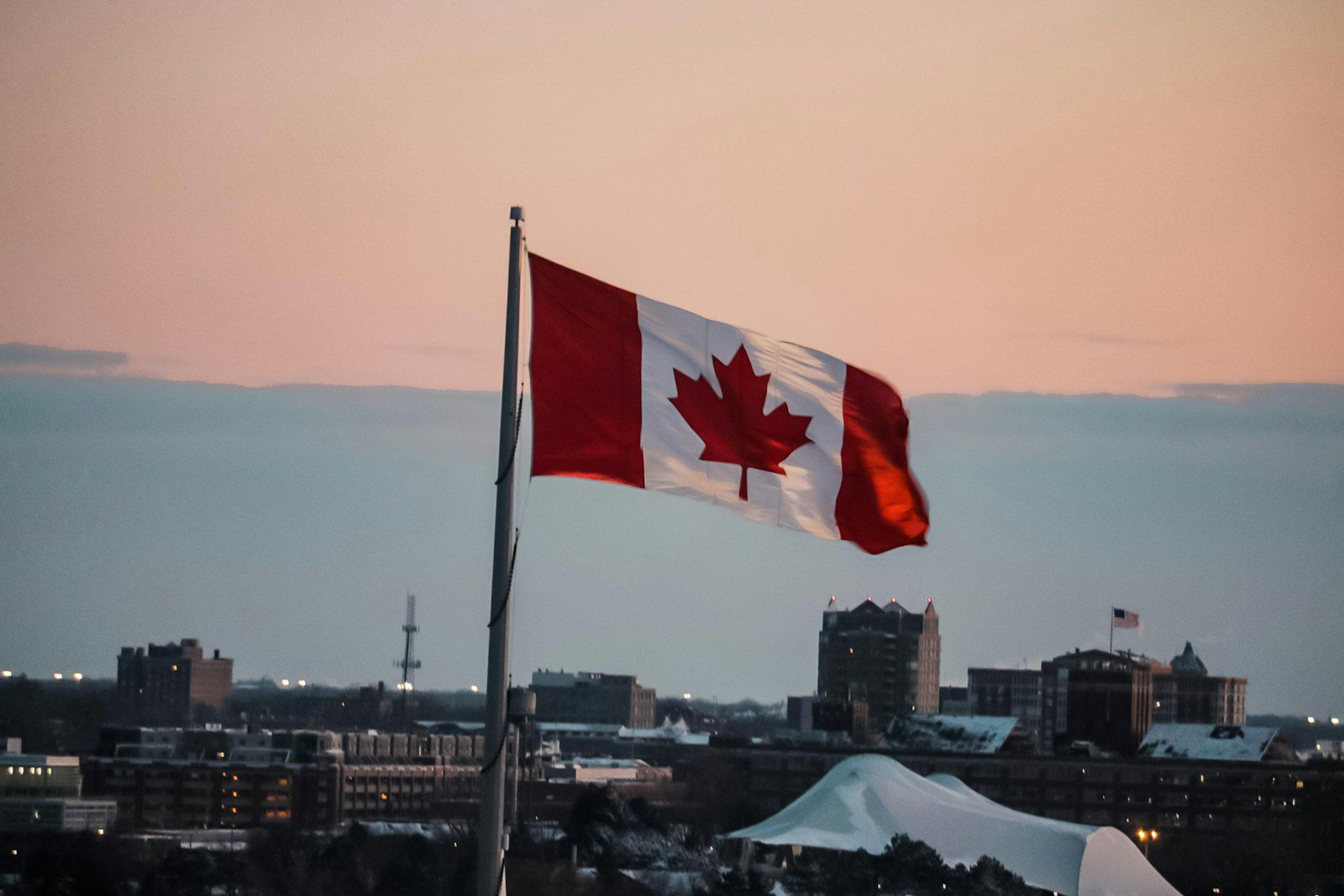Canada has recently introduced new regulations that will significantly affect the number of study permits issued in 2024. These changes are designed to manage the growing number of international students and ensure that they have access to adequate resources and support during their stay in Canada. Here’s a detailed look at these new caps and their potential impact on Indian students.

Overview of the New Study Permit Caps
Starting January 1, 2024, the Canadian government will limit the number of new study permits to approximately 360,000, a 35% reduction compared to the previous year (Arrive) (Canada.ca). This cap is part of a broader strategy to address concerns about housing shortages, employment opportunities, and the overall capacity of Canadian institutions to support international students.
Key Changes and Their Implications
- Reduced Permit Issuance: The reduction in study permits is aimed at ensuring that international students have access to adequate housing and employment opportunities. This cap means that fewer students will be able to obtain permits, making the application process more competitive (Arrive).
- Eligibility Adjustments: The eligibility criteria for the Post-Graduation Work Permit (PGWP) program have also been revised. Starting in September 2024, only students attending certain designated learning institutions will be eligible for PGWPs. This change aims to close loopholes that previously allowed students from less-regulated private institutions to gain work permits (Canada.ca) .
- Financial Requirements: Alongside the cap on permits, the financial requirements for obtaining a study permit have been doubled. Students must now demonstrate they have at least $20,635 to cover living expenses, in addition to tuition and travel costs (Careers360).
Impact on Indian Students
Indian students, who make up a significant portion of international students in Canada, will be particularly affected by these changes. Here’s how:
- Increased Competition: With fewer permits available, Indian students will face stiffer competition when applying for study permits. This may necessitate higher academic scores, stronger financial proof, and more comprehensive application packages (India Today).
- Financial Burden: The increased financial requirements could deter many prospective students from lower-income backgrounds from applying. Families will need to prepare for the higher financial thresholds, which include demonstrating sufficient funds to cover living expenses (Careers360).
- Work Permit Limitations: The changes to the PGWP eligibility will affect students planning to stay in Canada post-graduation. Students attending non-qualifying institutions will no longer be eligible for post-graduation work permits, impacting their ability to gain work experience and transition to permanent residency (Canada.ca).
Tips for Prospective Students
Despite these challenges, there are ways for prospective Indian students to navigate the new regulations:
- Research Institutions: Choose institutions that qualify for PGWPs to ensure eligibility for work permits post-graduation. Research thoroughly to understand which institutions meet these criteria.
- Prepare Financially: Start financial planning early. Look into scholarships, grants, and other financial aid options to meet the increased financial requirements.
- Strengthen Applications: Focus on enhancing your academic and extracurricular profile to stand out in the competitive application process. Strong letters of recommendation, personal statements, and higher test scores can make a significant difference.
By understanding and adapting to these new regulations, Indian students can still pursue their educational goals in Canada. For more detailed information, visit the official Canadian immigration website (Canada.ca).
For more information visit: globolinkimmigration